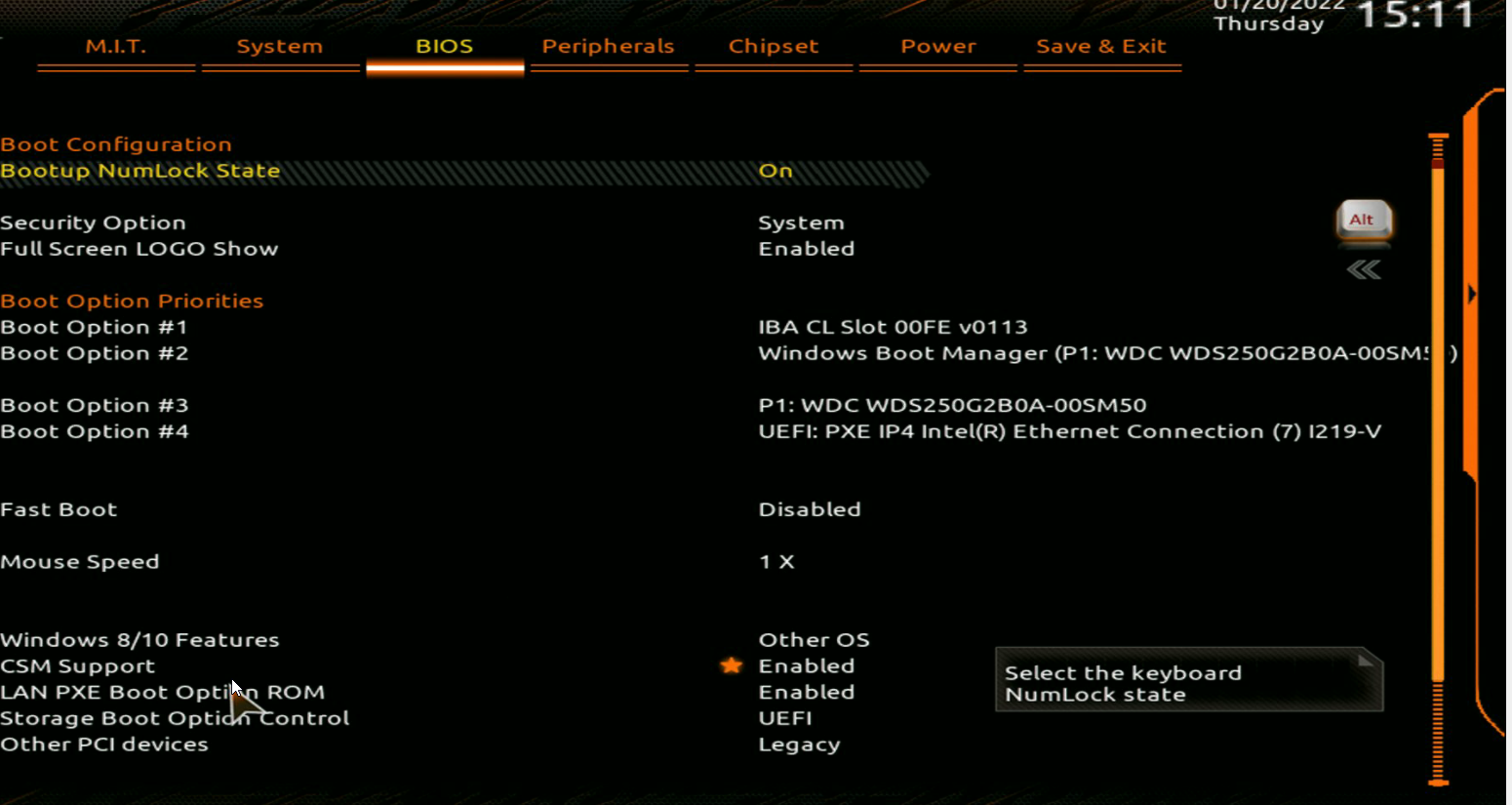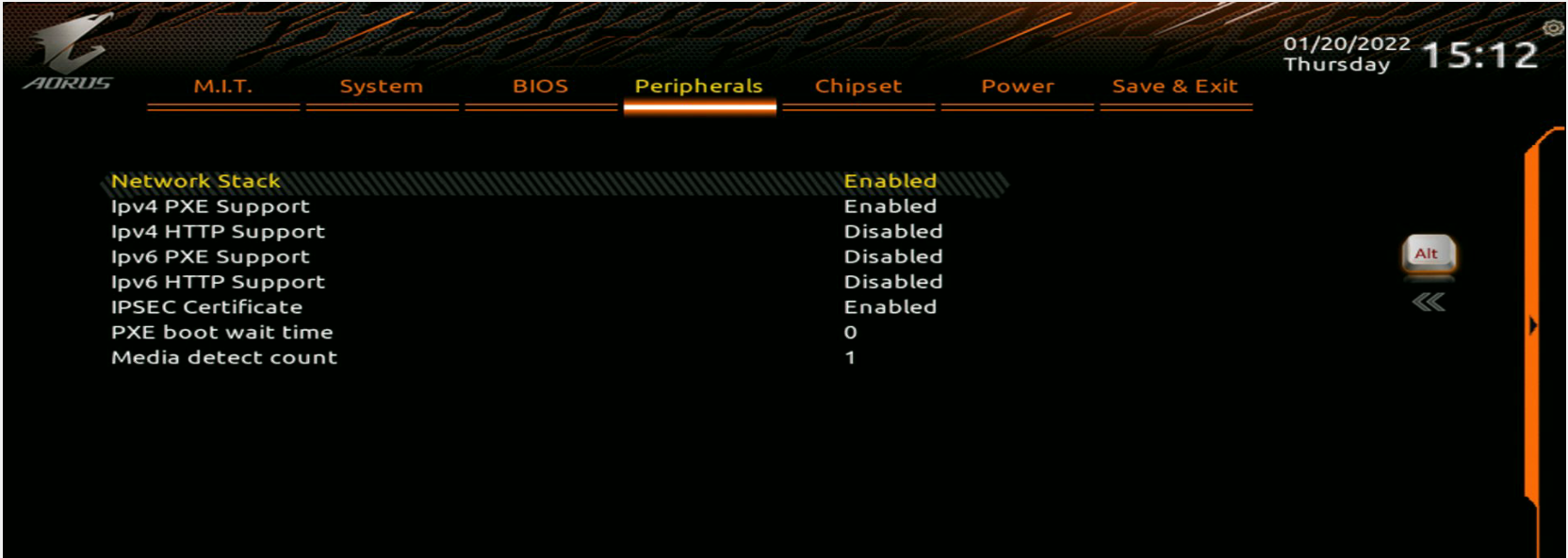@george1421 SANBOOT does nothing using the ipxe.efi bootloader and a BIOS based OS. It defaults me right back to the menu with no action taken. Also, as far as I can tell, the exit mode is based on which bootloader I am using. If I set the exit types to reFIND (EFI) and SANBOOT (BIOS) and use the ipxe.efi bootloader then it always attempts to use reFIND. This works if my OS is EFI based and boots as intended. If I am using a BIOS based OS, reFIND comes up and leaves me at its own menu. Likewise if I set the EFI exit type to SANBOOT in this same use case, the exit only serves to reset the default timer and bring me back to the main FOG menu at boot.
I was only able to successfully move to booting from the existing OS drive from the menu while using a BIOS based OS with undionly.kpxe or an EFI based OS with ipxe.efi. While that’s progress, it’s not really what I was hoping for.



